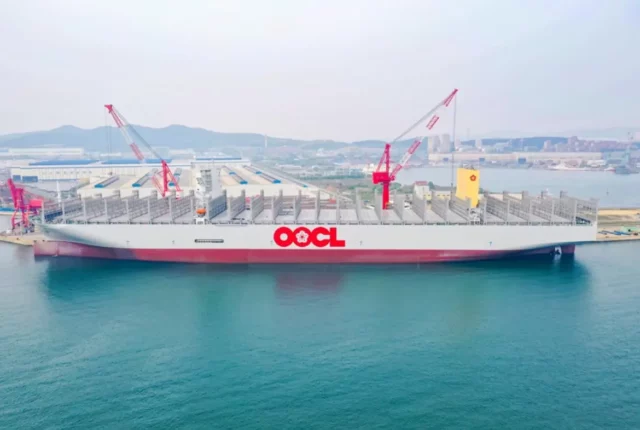
Transit Time Increase Leads to 16% Rise in Capacity Needs
With ocean carriers having established Red Sea diversion routes, Sea-Intelligence analyzed the impact on global demand as measured through global TEU*Miles.
Sea-Intelligence determined that global demand in 2023 was at 860 billion. The analyst calculated that moving the same amount of cargo globally in 2024, but with a diversion around the Cape of Good Hope, would result in demand of 994 billion TEU*Miles; indicating that 16% more capacity needed.
The Europe-Indian Subcontinent trade is most impacted, while trade between the Far East and North America is the least impacted overall. Sea-Intelligence explains that it is because the impact is volume-weighted. Therefore, the distances from the Far East to the U.S. West Coast are not impacted, nor is the distance from the Far East to the U.S. East Coast via Panama.
Alan Murphy, CEO of Sea-Intelligence, said carriers could accommodate increased capacity demands through two mechanisms. “The first is by absorbing the current significant overcapacity, which will become worse as more capacity is delivered during 2024. The second is by speeding up vessels to allow the same amount of vessel capacity to deliver more TEU*Miles per year. At present, both mechanisms are at play.”
“It should be expected that during 2024, the continued injection of more capacity will likely be used to slow the existing vessels down somewhat,” Murphy added.
Source: Article






